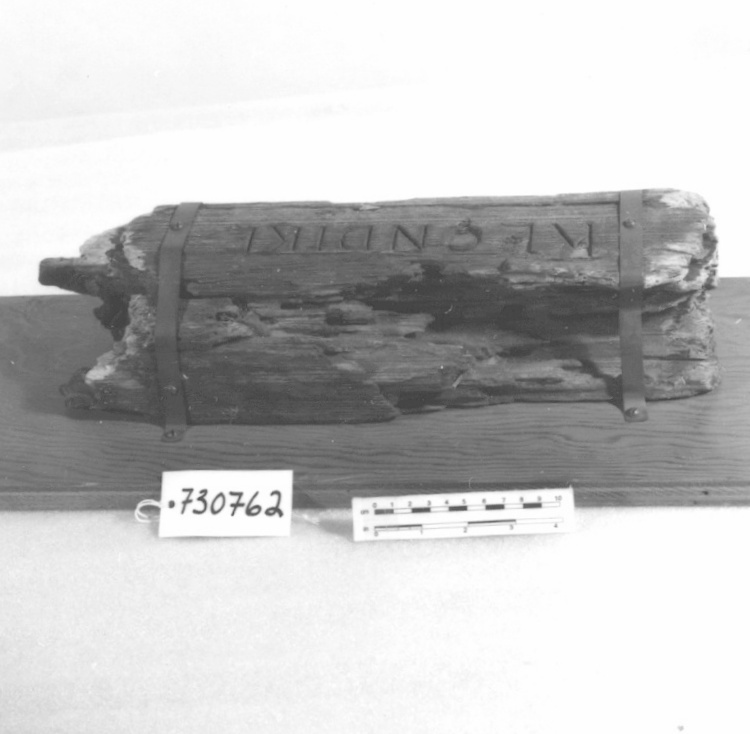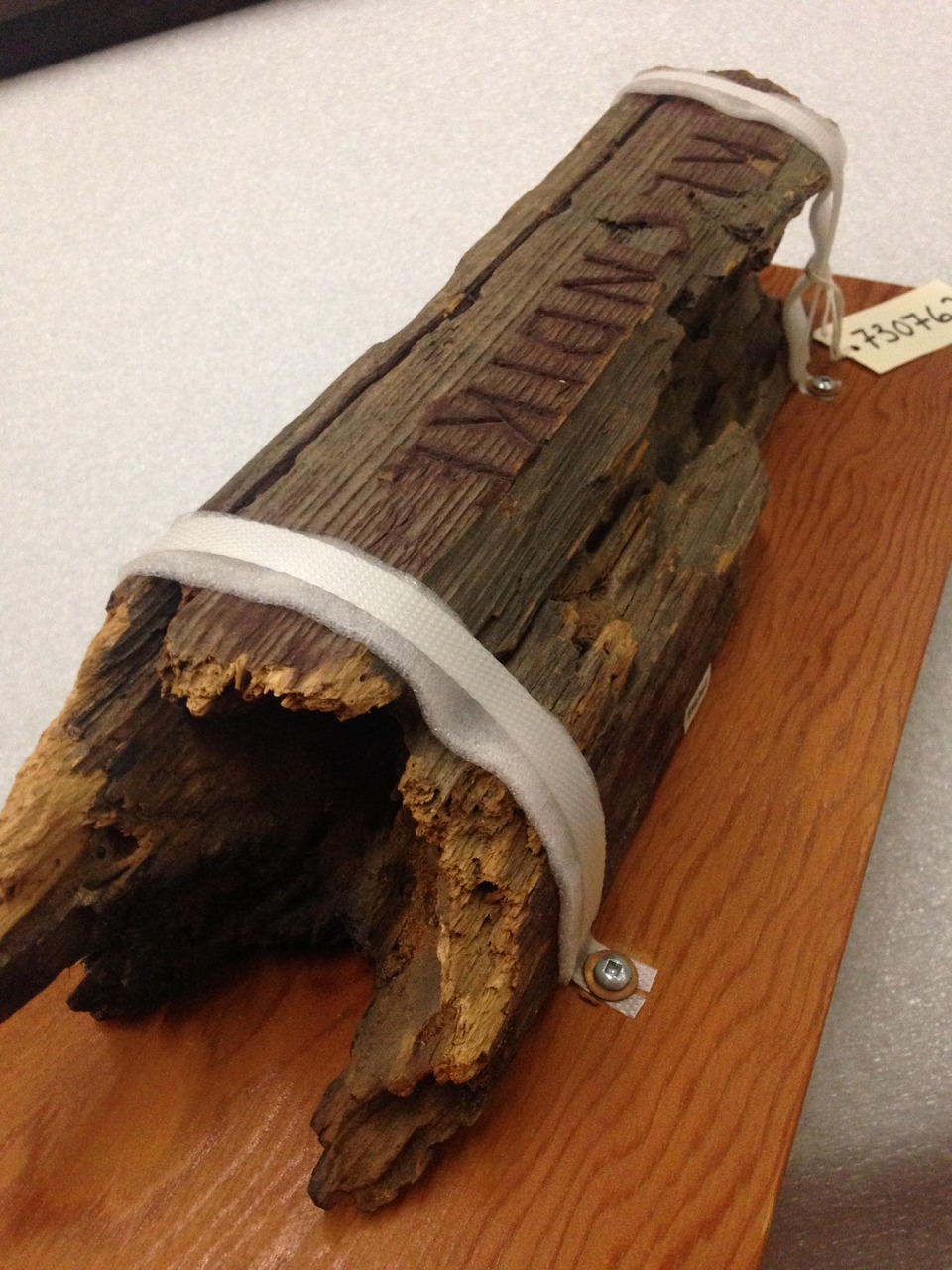Marker by Excellence
Physical markings are an integral part of ensuring that the survey of a land or site has been done correctly and can be retraced by subsequent surveying teams. These markings are often called survey monuments and are usually placed at the corners or intersections of section grids. These monuments are crucial to establish the necessary boundaries in “order to avoid land disputes and to keep land measurements accurate” (Survey Monuments).
During the Dominion Land Surveying, several kinds of monuments were used for various types of intersections. The intersections could be township corners, section corners or quarter section corners. Some of the monuments served as witnesses. One of the most common type of monument used at the time was the wooden post. Such post usually had unique markings on them such as a name or a date (Types of Monuments).
According to the Manual of Instructions for the Survey of Dominion Lands (1903), wooden posts were to be used in the absence of iron posts. For the corner of a group or settlement lot, such posts were to be 36 inches long, 18 inches in the ground and 18 inches above ground. All sides of the post were to be squared, 12 inches from the top and the faces needed to be at least 3 inches wide. The top was to be bevelled in order to turn off rain.
The marker has the name of the townsite engraved in it to indicate/identify its location. Although this marker has been damaged by time and weather, it remains a great artifact of the past and it once determined one of the corners of the Klondike townsite.
Sources: Survey Monuments, Types of Monuments, Manual of Instructions for the Survey of Dominion Lands (1903).


